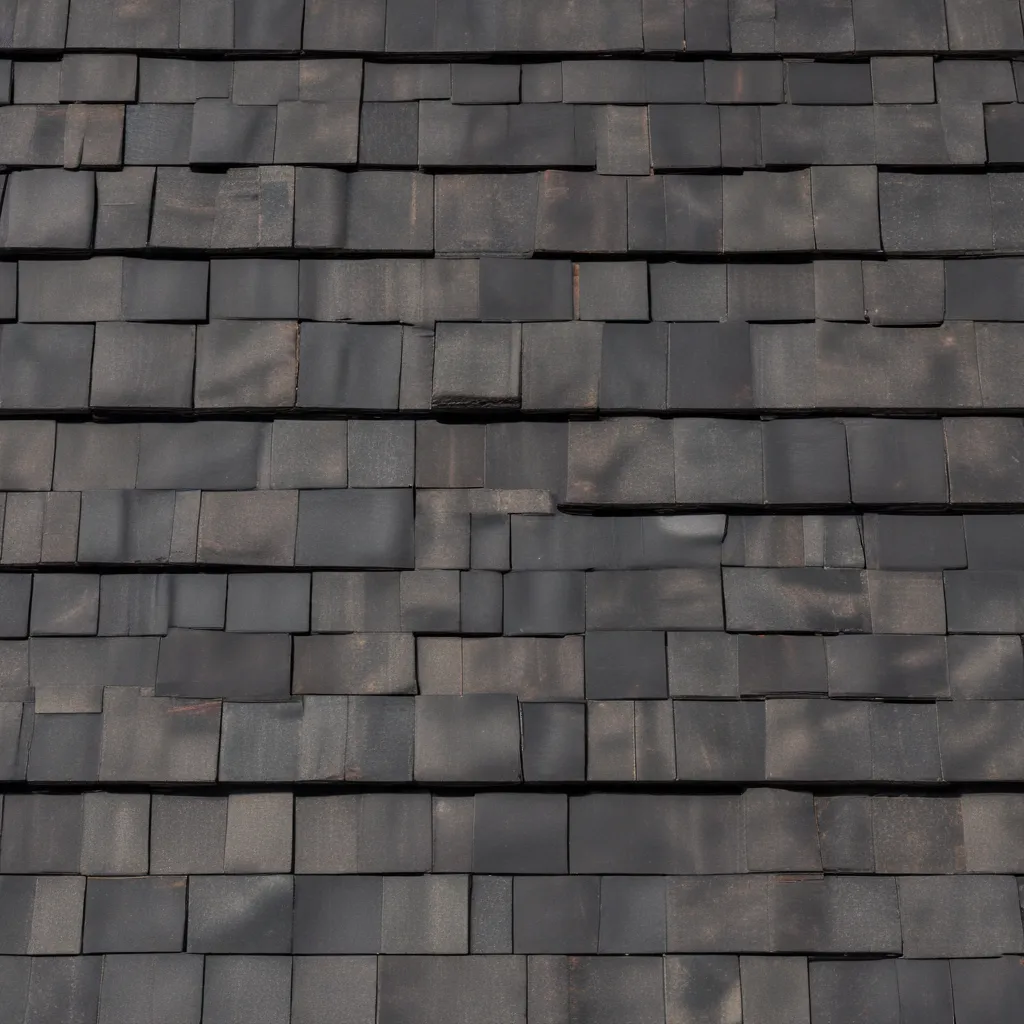
As an experienced roofing specialist, I’ve seen firsthand how the industry is embracing innovative composite materials to redefine the role of roofing in modern construction. Composite roofing systems blend the best of traditional and contemporary design, offering homeowners and building professionals a versatile range of options that balance aesthetics, durability, and sustainability.
Composite Roofing Materials
Composite roofing refers to products that combine multiple materials, often including asphalt, fiberglass, plastics, and recycled components. These blended solutions aim to capture the visual appeal of classic roofing styles while delivering enhanced performance characteristics.
Asphalt Composite Shingles
One of the most widely adopted composite roofing options is asphalt composite shingles. These shingles mimic the look of traditional asphalt but incorporate reinforced fiberglass or polymer mats for improved impact resistance and longevity. Asphalt composite shingles often feature dimensional textures, providing a more pronounced, architectural appearance compared to standard 3-tab shingles.
Synthetic Slate Composite Tiles
For homeowners seeking the timeless elegance of natural slate without the associated weight and maintenance challenges, synthetic slate composite tiles offer a compelling alternative. These tiles typically consist of a blend of recycled plastics, rubber, and other polymers, allowing them to replicate the appearance of quarried slate while being significantly lighter and more durable.
Composite Metal Roofing
Metal roofing has long been prized for its exceptional durability, but modern composite metal systems take this material to new levels of versatility. Composite metal roofs combine the strength and weather resistance of metal with the aesthetic flexibility of coatings, textures, and profiles that mimic the look of traditional roofing materials like clay tiles, standing-seam metal, or even wood shakes.
Composite Roof Features
The appeal of composite roofing systems lies in their ability to deliver a range of performance benefits while catering to diverse design preferences.
Impact Resistance
One of the primary advantages of composite roofing is its improved resistance to impact damage from hail, falling debris, or other projectiles. The reinforced structure of these materials helps them withstand the rigors of extreme weather, providing homeowners with greater peace of mind and potentially lower insurance premiums.
Weather Durability
Composite roofing systems are engineered to excel in the face of harsh environmental conditions. Whether it’s the intense heat of the Sun’s rays, the lashing winds of a hurricane, or the accumulation of snow and ice, these materials are designed to maintain their structural integrity and aesthetic appeal over the long term.
Aesthetic Versatility
Composite roofing offers an impressive range of design possibilities, allowing homeowners and architects to seamlessly integrate roofing into their overall architectural vision. From the rich, natural tones of synthetic slate to the sleek, modern lines of composite metal, these systems provide the creative freedom to elevate a building’s curb appeal.
Sustainable Roofing Solutions
As the construction industry increasingly focuses on environmental responsibility, composite roofing materials have emerged as a prime example of sustainable innovation.
Environmental Considerations
Many composite roofing products incorporate recycled content, diverting waste from landfills and reducing the demand for virgin raw materials. Additionally, some composite systems boast energy-efficient properties, such as high solar reflectance and thermal emissivity, which can help lower a building’s cooling costs and carbon footprint.
Lifecycle Impacts
Beyond the environmental advantages of their composition, composite roofing materials often exhibit extended lifespans, reducing the frequency of replacement and associated waste. Furthermore, at the end of their useful life, many composite roofs can be recycled or repurposed, further minimizing their overall environmental impact.
Design Flexibility with Composites
The versatility of composite roofing materials allows architects and homeowners to explore a wide range of design possibilities, seamlessly blending form and function.
Architectural Styles
Whether the goal is to preserve the timeless appeal of traditional architecture or to embrace a bold, contemporary aesthetic, composite roofing systems offer solutions that can be tailored to suit virtually any architectural style. From the rustic charm of synthetic slate tiles to the sleek, modern lines of composite metal, these materials provide the creative freedom to elevate a building’s visual identity.
Customization Options
Composite roofing systems often come with a diverse array of color choices, texture finishes, and profile options, empowering homeowners and designers to personalize the appearance of their roofs. This level of customization allows for a harmonious integration with the surrounding environment and the overall architectural vision.
Innovations in Composite Manufacturing
The advancement of composite roofing materials has been driven by ongoing innovations in manufacturing processes and material science.
Production Advancements
Automated production techniques and refined material formulations have enabled the creation of composite roofing products that are consistently high in quality, efficiently manufactured, and cost-effective. These improvements have helped to make composite solutions more accessible and viable for a wider range of residential and commercial projects.
Performance Enhancements
Continuous research and development in the field of composites have led to significant enhancements in structural integrity, thermal properties, and weathering resistance. As a result, today’s composite roofing materials offer superior performance characteristics, ensuring long-lasting protection and energy efficiency for buildings.
The evolution of composite roofing materials has ushered in a new era of architectural roofing solutions that seamlessly blend form and function. By leveraging the best of traditional and innovative design, these systems provide homeowners and building professionals with a wealth of options to create structures that are not only visually striking but also environmentally responsible and structurally resilient. As the roofing industry continues to push the boundaries of what’s possible, the future of composite roofing looks increasingly bright, promising a range of innovative and sustainable roofing solutions for years to come.

























